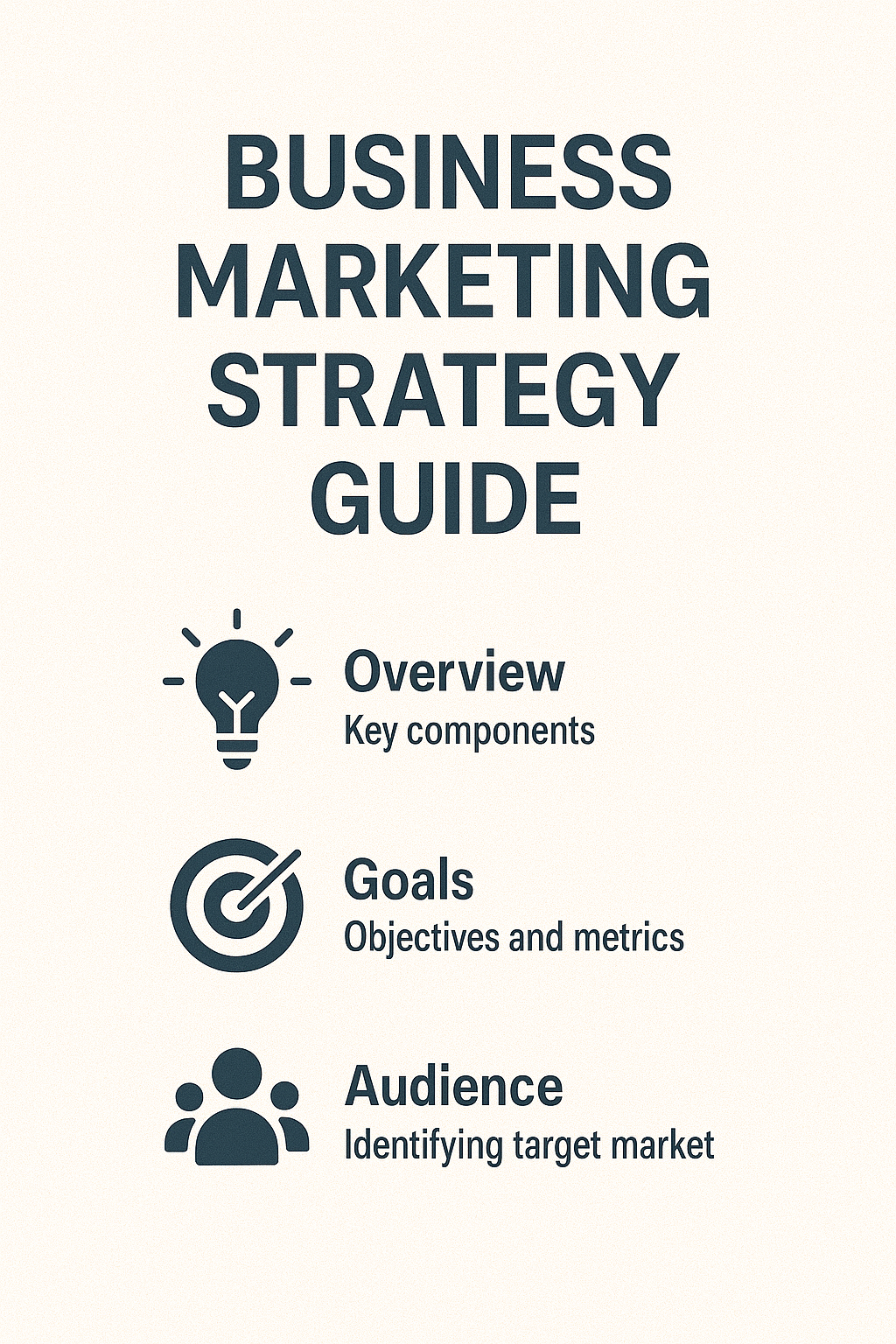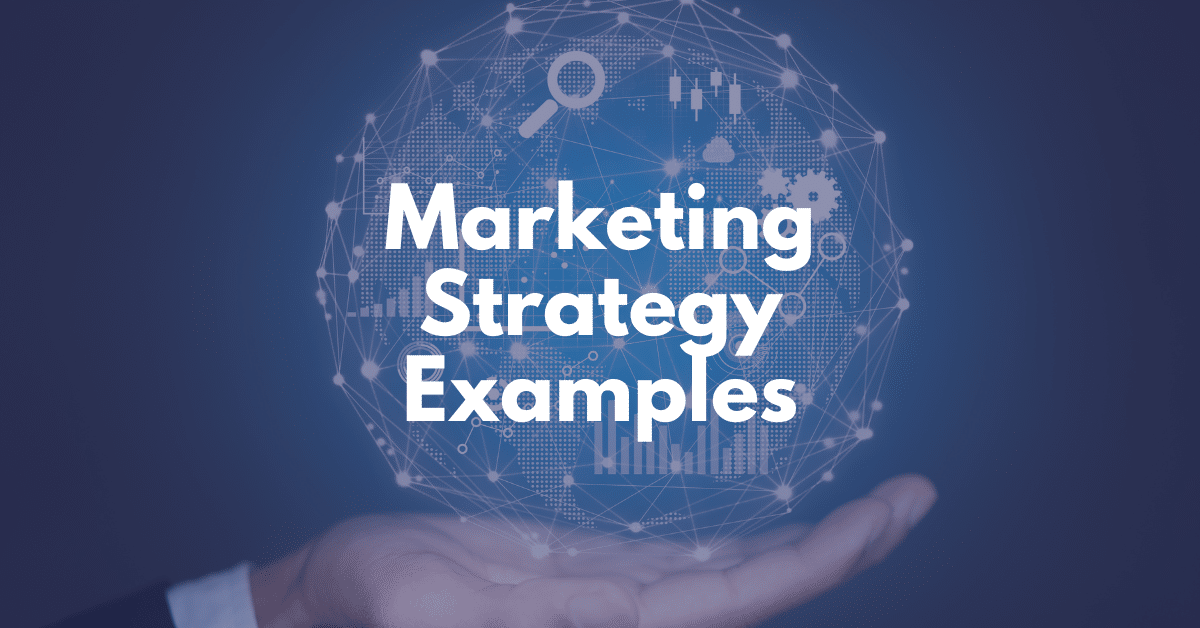Navigating the dynamic landscape of Australian business marketing can be daunting, yet it opens the door to remarkable opportunities for growth and success.
As small to medium-sized businesses seek effective strategies, understanding the nuances of local market demands becomes crucial.
From exploring innovative marketing tactics tailored to Australia’s diverse consumer base to implementing practical business growth tips, the journey can be both rewarding and transformative.
This guide is designed to empower business owners and entrepreneurs with valuable insights and examples that have proven successful in the region.
Dive into actionable strategies and resources that will help elevate your marketing game and propel your business forward with confidence.
Note: You can get your free PDF guide on tips to getting a business loan below.
Understanding Australian Business Marketing
Australian business marketing presents unique challenges and opportunities. This section explores the key aspects of marketing in the Australian context, helping businesses navigate the local landscape effectively.
Key Marketing Challenges in Australia
Australian businesses face several distinct marketing challenges. The vast geographical spread of the population can make it difficult to reach all potential customers efficiently.
Cultural diversity is another factor to consider, with marketing messages needing to resonate across various ethnic groups and regional subcultures. This diversity requires a nuanced approach to communication and branding.
Competition is fierce in many sectors, particularly with the increasing presence of international brands. Local businesses must work hard to differentiate themselves and showcase their unique value propositions.
Digital adoption rates are high in Australia, but there’s still a significant divide between urban and rural areas. This digital gap can impact the effectiveness of online marketing strategies across different regions.

Importance of Local Market Insights
Understanding the local market is crucial for success in Australian business marketing. Consumer behavior varies significantly across different states and territories, influenced by factors such as climate, lifestyle, and economic conditions.
Market research plays a vital role in gaining these insights. Businesses should invest in both quantitative and qualitative research methods to understand their target audience’s preferences, pain points, and purchasing habits.
Local events, holidays, and cultural nuances can greatly impact marketing effectiveness. For example, marketing campaigns might need to be adjusted for major sporting events like the AFL Grand Final or cultural celebrations like Australia Day.
Staying attuned to local trends and consumer sentiment can help businesses tailor their marketing messages and strategies for maximum impact. This local focus can be a key differentiator, especially when competing against larger, less localized brands.
Aligning Marketing with Business Goals
Effective Australian business marketing starts with clear alignment between marketing strategies and overall business objectives. This ensures that every marketing effort contributes directly to the company’s growth and success.
Start by defining specific, measurable business goals. These could include increasing market share, boosting sales in a particular product category, or expanding into new geographical areas within Australia.
Next, develop marketing objectives that support these business goals. For example, if the business aim is to increase market share, marketing objectives might include raising brand awareness or driving customer acquisition in targeted segments.
Regularly review and adjust your marketing strategies to ensure they remain aligned with evolving business goals. This agile approach allows businesses to respond quickly to market changes and new opportunities in the Australian landscape.
Effective Marketing Strategy Examples
Examining successful marketing strategies can provide valuable insights for Australian businesses. This section highlights effective campaigns and offers practical examples to inspire your own marketing efforts.
Successful Campaigns from Australian Brands
Australian brands have created some memorable and effective marketing campaigns. These examples showcase creativity, cultural relevance, and strategic thinking in action.
Tourism Australia’s “Dundee” campaign is a prime example of innovative marketing. The campaign, which appeared to be a movie trailer for a new Crocodile Dundee film, was actually a clever Super Bowl ad aimed at the US market. It successfully leveraged nostalgia and humor to boost interest in Australian tourism.
Meat and Livestock Australia’s annual Australia Day campaigns consistently generate buzz and discussion. Their inclusive approach, celebrating Australia’s diversity, has helped position lamb as the unofficial national dish for the holiday.
Qantas’ “Feels Like Home” campaign tapped into the emotional connection Australians have with their country. By focusing on the joy of returning home, Qantas strengthened its brand association with Australian identity and values.
These campaigns demonstrate the power of understanding and appealing to Australian cultural values and experiences in marketing.
Real-World Marketing Strategy Example
Let’s examine a real-world marketing strategy example from an Australian small business. “Green Thumb Gardening,” a Brisbane-based landscaping company, implemented a comprehensive digital marketing strategy to grow their business.
Their approach included:
-
Developing a user-friendly website with a blog featuring gardening tips
-
Creating a strong presence on Instagram and Facebook, showcasing their work
-
Implementing a local SEO strategy to improve visibility in Brisbane area searches
-
Running targeted Google Ads campaigns for specific services
The results were significant:
-
150% increase in website traffic over 6 months
-
75% growth in leads generated through the website
-
40% increase in social media followers, leading to more referral business
This example illustrates how a well-rounded digital strategy can drive substantial growth for a local business.
Adapting Proven Strategies for Your Business
While it’s valuable to learn from successful marketing examples, it’s crucial to adapt these strategies to fit your unique business context. Here’s how you can effectively apply lessons from proven strategies:
-
Identify the core principles behind successful campaigns. What made them resonate with the audience?
-
Consider how these principles align with your brand values and target market. Not every strategy will be a good fit for every business.
-
Adapt the approach to suit your resources and scale. Small businesses may need to focus on more cost-effective methods compared to large corporations.
-
Test and iterate. Start with small-scale implementations and measure results before scaling up successful tactics.
Remember, the goal is not to copy others, but to inspire your own innovative approaches that align with your business objectives and resonate with your specific audience.
Business Growth Tips for Success
Growing a business in Australia requires a strategic approach to marketing. This section provides practical tips and tactics to drive sustainable growth for your company.
Leveraging Digital Marketing Channels
Digital marketing offers powerful tools for Australian businesses to reach and engage their target audience. Effective use of these channels can significantly boost visibility and drive growth.
Start by establishing a strong online presence through a well-designed, mobile-friendly website. This serves as your digital storefront and should clearly communicate your value proposition.
Invest in search engine optimization (SEO) to improve your visibility in local search results. This is particularly important for businesses targeting specific Australian regions or cities.
Utilize social media platforms strategically. Choose channels where your target audience is most active. For B2C businesses, platforms like Facebook and Instagram often yield good results, while LinkedIn can be effective for B2B marketing.
Consider implementing email marketing to nurture leads and maintain customer relationships. Personalized, value-driven email campaigns can be a cost-effective way to drive repeat business and referrals.
Building Strong Customer Relationships
Strong customer relationships are the foundation of business growth in Australia. Focus on creating positive experiences at every touchpoint to foster loyalty and encourage word-of-mouth referrals.
Implement a customer relationship management (CRM) system to track interactions and personalize your approach. This allows you to tailor your marketing efforts and provide more relevant, timely communications.
Prioritize excellent customer service. In the age of social media, a single negative experience can have far-reaching consequences. Train your team to handle inquiries and issues promptly and professionally.
Consider implementing a loyalty program to reward repeat customers. This can encourage continued patronage and increase customer lifetime value.
Regularly seek feedback from your customers and act on their suggestions. This not only helps improve your products or services but also shows customers that you value their input.
Measuring and Analyzing Marketing Success
To ensure your marketing efforts drive business growth, it’s crucial to measure and analyze your results consistently. This data-driven approach allows you to optimize your strategies and allocate resources effectively.
Start by defining key performance indicators (KPIs) that align with your business goals. These might include website traffic, conversion rates, customer acquisition cost, or social media engagement metrics.
Utilize analytics tools to track these KPIs. Google Analytics, social media insights, and CRM reports can provide valuable data on your marketing performance.
Regularly review your metrics and look for trends or patterns. Are certain channels or campaigns performing better than others? Use these insights to inform your future marketing decisions.
Don’t be afraid to experiment with A/B testing to optimize your marketing efforts. Test different ad copy, email subject lines, or landing page designs to see what resonates best with your audience.
Innovative Marketing Tactics in Australia
Innovation in marketing can set your business apart in the competitive Australian landscape. This section explores cutting-edge tactics that are proving effective in the local market.
Utilizing Social Media Platforms
Social media has become an integral part of Australian business marketing. Platforms like Facebook, Instagram, and LinkedIn offer unique opportunities to connect with audiences and build brand awareness.
Leverage user-generated content to build authenticity and trust. Encourage customers to share their experiences with your products or services and feature this content in your marketing materials.
Explore the potential of influencer marketing, particularly with micro-influencers who have engaged local followings. This can be an effective way to reach niche audiences and build credibility.
Consider using social media for customer service. Many Australian consumers expect brands to be responsive on these platforms, and quick, helpful responses can enhance your reputation.
Don’t overlook emerging platforms like TikTok, which is gaining popularity, especially among younger Australian audiences. Evaluate if these newer channels align with your target demographic and marketing goals.
Creative Content Marketing Approaches
Content marketing offers Australian businesses a powerful way to engage audiences and demonstrate expertise. Focus on creating valuable, relevant content that addresses your customers’ needs and interests.
Consider developing a variety of content types to cater to different preferences. This might include blog posts, videos, podcasts, infographics, or interactive tools.
Local storytelling can be particularly effective in the Australian market. Share stories about your business’s local roots, community involvement, or how your products/services solve uniquely Australian problems.
Experiment with interactive content like quizzes, calculators, or augmented reality experiences. These can increase engagement and provide valuable data about your audience’s preferences and behaviors.
Don’t forget to optimize your content for search engines, focusing on keywords relevant to your Australian audience. This can help improve your visibility in local search results.
Embracing Sustainable Marketing Practices
Sustainability is increasingly important to Australian consumers. Incorporating eco-friendly practices into your marketing can enhance your brand image and appeal to environmentally conscious customers.
Consider switching to digital marketing materials where possible to reduce paper waste. When physical materials are necessary, opt for recycled or sustainably sourced options.
Highlight any sustainable practices or initiatives your business undertakes. This could include using renewable energy, implementing recycling programs, or supporting local environmental causes.
Be transparent about your sustainability journey. Consumers appreciate honesty, so don’t be afraid to share both your successes and the challenges you’re working to overcome.
Partner with like-minded organizations or participate in environmental events to demonstrate your commitment to sustainability. This can also provide opportunities for positive PR and community engagement.
Conclusion and Next Steps
As we wrap up this guide to marketing examples for Australian businesses, it’s important to focus on how to implement these strategies and continue evolving your marketing approach.
Implementing Strategies for Growth
Putting your marketing strategies into action requires careful planning and execution. Start by prioritizing the tactics that align most closely with your business goals and available resources.
-
Develop a detailed action plan with specific tasks, timelines, and responsible team members.
-
Allocate your budget wisely, focusing on the channels and tactics that offer the best potential return on investment.
-
Train your team on new tools or approaches you’ll be implementing.
-
Set up systems to track your progress and measure results against your defined KPIs.
Remember, successful implementation often requires patience and persistence. Be prepared to adjust your approach based on early results and feedback.
Continuous Learning and Adaptation
The marketing landscape is constantly evolving, especially in a dynamic market like Australia. Staying ahead requires a commitment to continuous learning and adaptation.
Stay informed about industry trends and changes in consumer behavior. Subscribe to relevant marketing publications, attend webinars or conferences, and network with other professionals in your field.
Regularly review and update your marketing strategies. What worked well last year may not be as effective now. Be willing to experiment with new tactics and technologies as they emerge.
Encourage a culture of innovation within your team. Create opportunities for brainstorming and sharing new ideas. Sometimes, the best marketing innovations come from unexpected sources.
Remember that learning from failures is just as important as celebrating successes. Analyze what went wrong with unsuccessful campaigns and use these insights to improve future efforts.
Resources for Further Learning
To support your ongoing marketing education, here are some valuable resources tailored to the Australian business context:
-
Australian Marketing Institute (AMI): Offers workshops, events, and resources for marketing professionals.
-
Digital Marketing Institute: Provides online courses and certifications in various aspects of digital marketing.
-
Marketing Mag Australia: A leading industry publication with articles, case studies, and trend reports.
-
Australian Bureau of Statistics: Offers valuable demographic and economic data to inform your marketing strategies.
-
State and territory government business resources: Often provide local market insights and support for small businesses.
“The key to successful marketing in Australia is to never stop learning, adapting, and innovating. Our unique market demands a dynamic approach that evolves with changing consumer needs and technological advancements.” – Marketing Expert, Sarah Thompson
By leveraging these resources and maintaining a commitment to growth and innovation, your business can develop a robust, effective marketing strategy that drives success in the Australian market.




